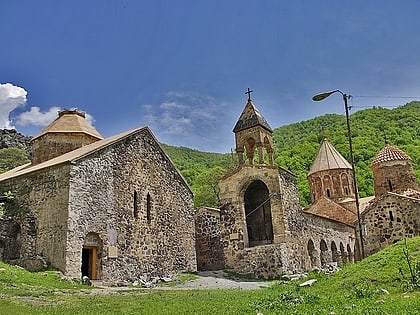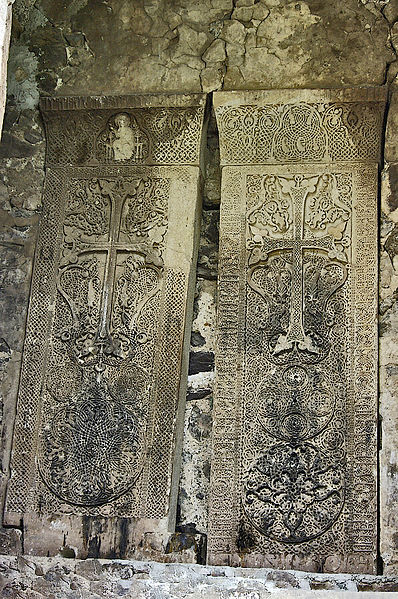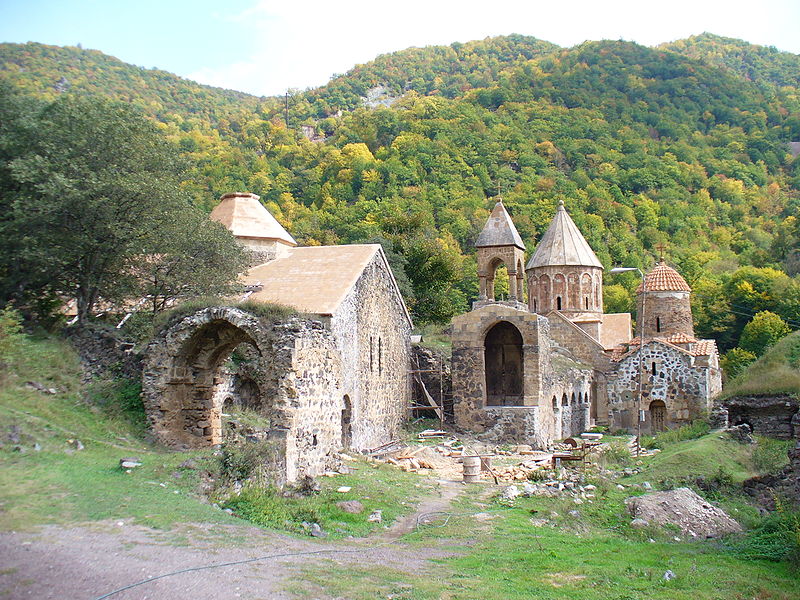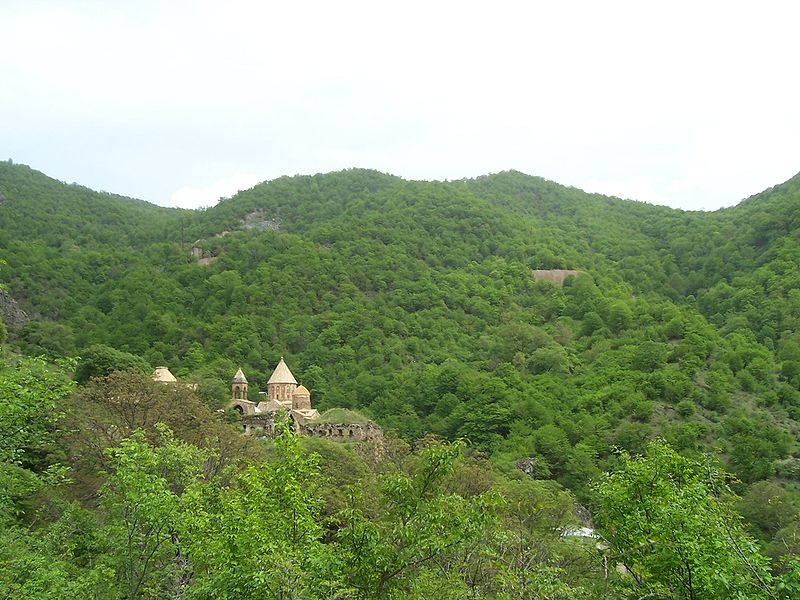Dadivank
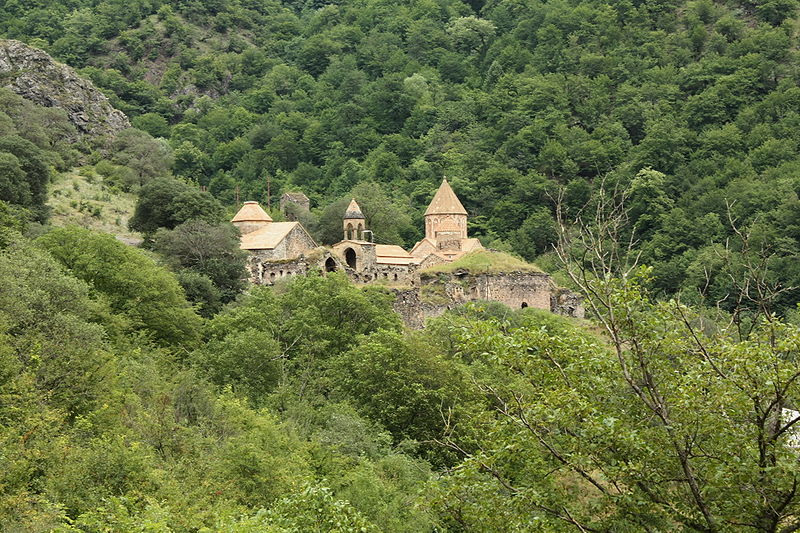
Facts and practical information
Dadivank, also known as Khutavank (Monastery on the Hill), is an ancient monastery nestled in the mountainous region of what is now known as the Republic of Azerbaijan. This majestic complex, dating back to the 9th century, is an embodiment of the rich historical and religious tapestry of the region. Perched on the slopes of the Greater Caucasus, the monastery complex provides a serene and contemplative retreat, far removed from the bustle of modern life.
The architectural ensemble of Dadivank is a testament to the skill and artistry of medieval Armenian masons and carvers. The monastery is adorned with intricate khachkars (cross-stones) and frescoes, which are among the finest examples of Armenian medieval art. It comprises various structures including a cathedral, chapels, and living quarters, each narrating its own chapter of history through its unique features and inscriptions.
The main cathedral, dedicated to St. Astvatsatsin (Holy Mother of God), stands as the centerpiece of the complex. It was built in the 13th century and is renowned for its elaborate relief sculptures and well-preserved murals that depict scenes from the Bible and the history of the Armenian Apostolic Church.
Over the centuries, Dadivank has served not only as a place of worship but also as a center of education, with a scriptorium where manuscripts were copied and illuminated. This activity contributed to the preservation and dissemination of knowledge throughout the medieval period.
Despite the monastery's remote location, Dadivank has attracted pilgrims and travelers for centuries, drawn by its spiritual significance and the tranquility of its surroundings. Today, it is a poignant symbol of cultural heritage and continues to be a place of pilgrimage, as well as a point of interest for those fascinated by the history of the Caucasus region.
